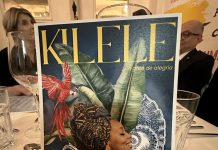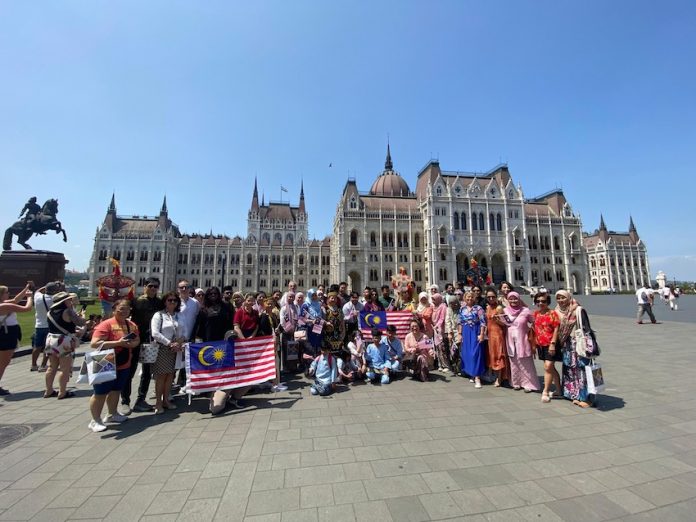Edited by Anna Popper
On 7 June 2025, the Embassy of Malaysia in Budapest had the brilliant idea of bringing a vibrant splash of Southeast Asian elegance to the Hungarian capital by organising “Tram Sarong” – a unique cultural event aboard the iconic Tram Line 2, which runs along the Danube bank in Pest.
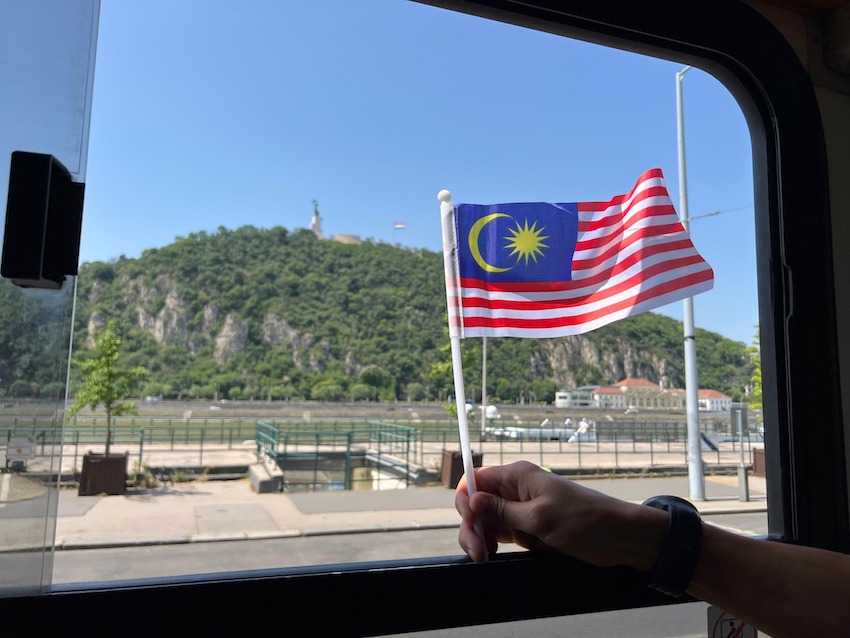
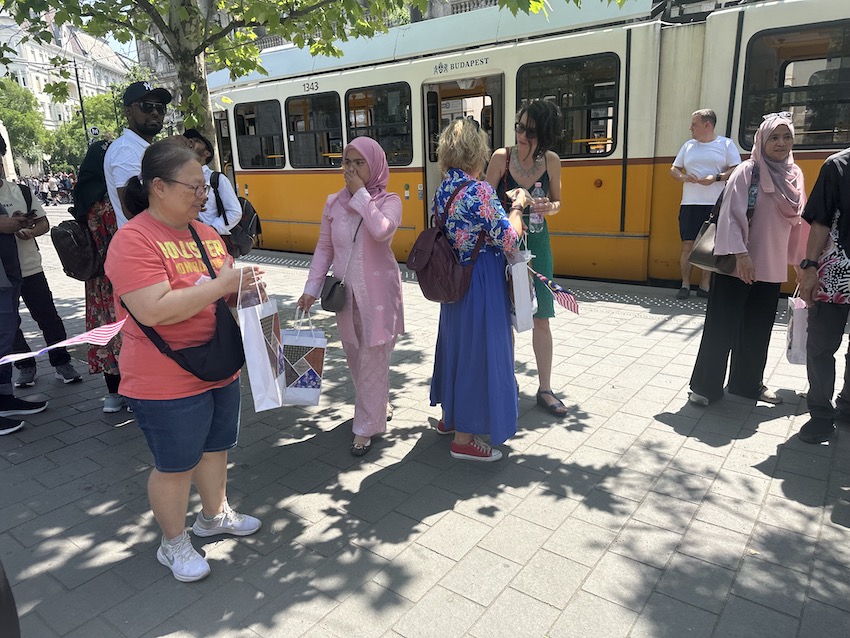
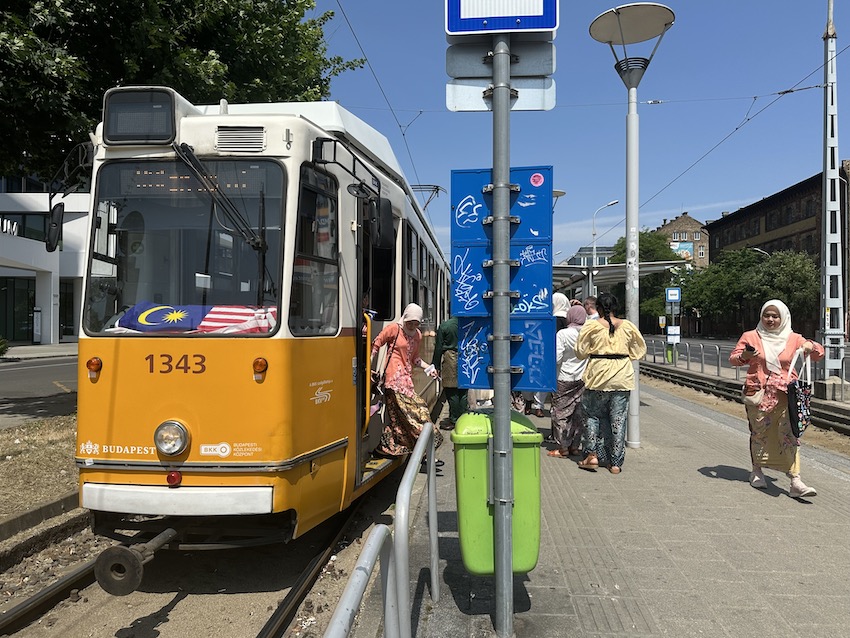
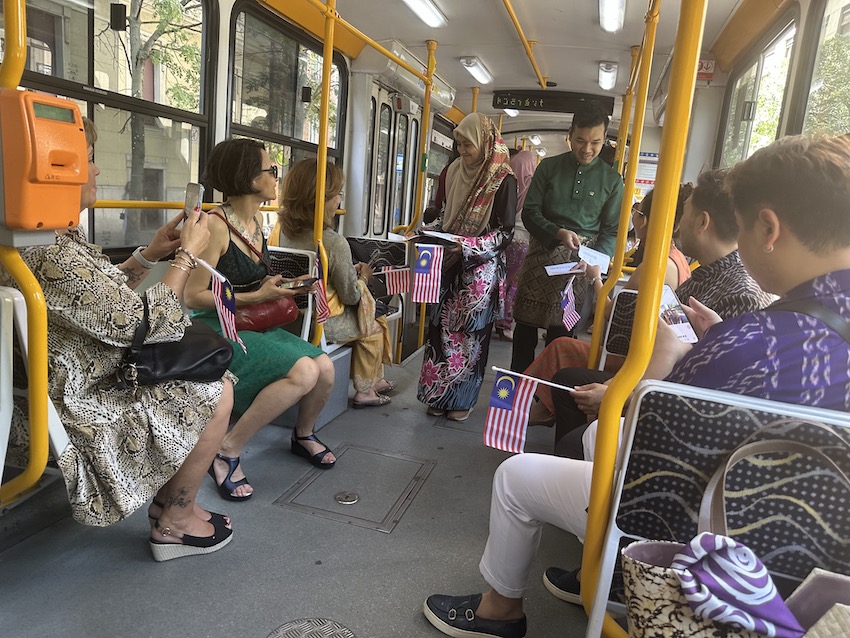
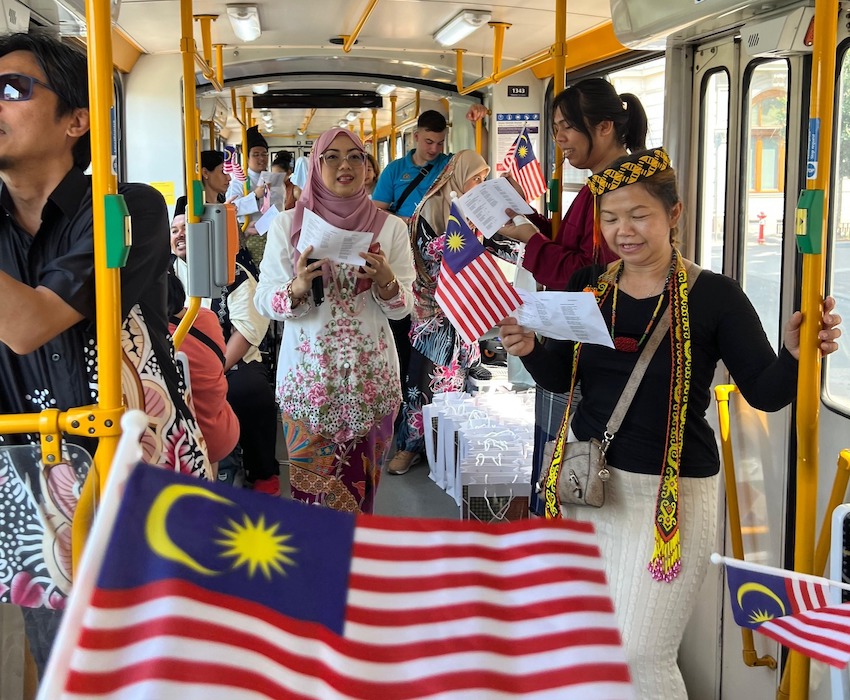
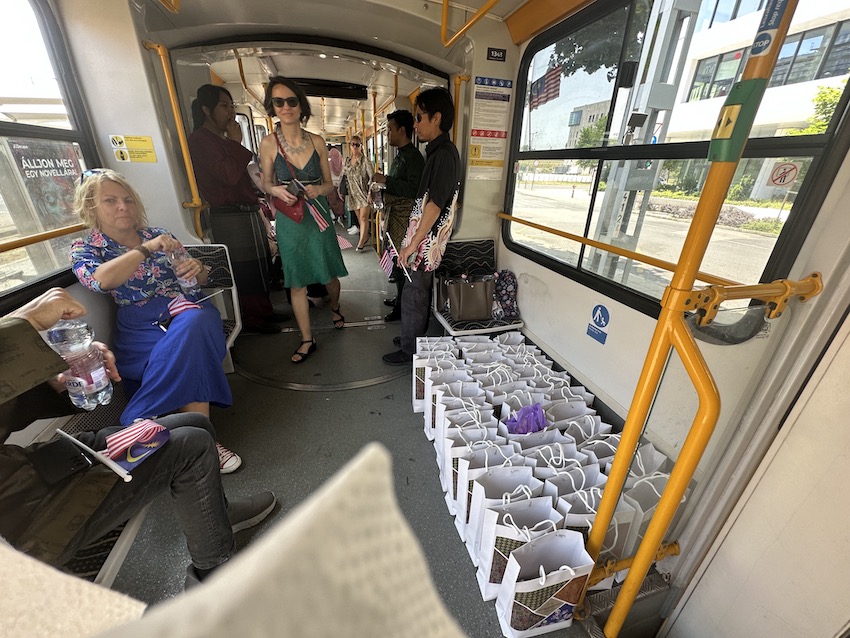
The initiative aimed to celebrate and promote the kebaya – a traditional women’s upper garment made of lightweight fabrics such as brocade, cotton, gauze, lace, or voile, often adorned with delicate embroidery. A vibrant symbol of Malaysian identity and Southeast Asian heritage, the kebaya was presented alongside the sarong – a colourful length of fabric widely worn in Asia and Africa, which is gracefully wrapped around the waist.
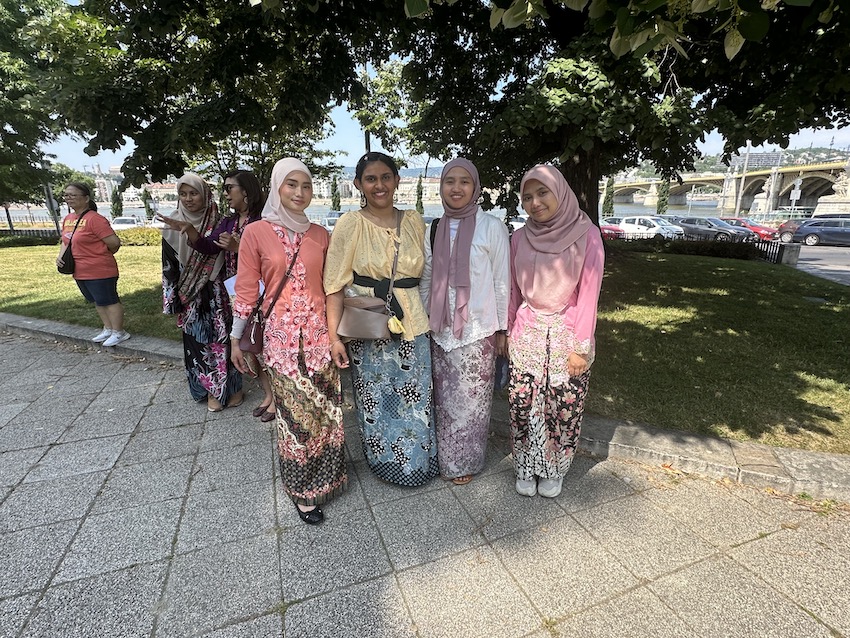
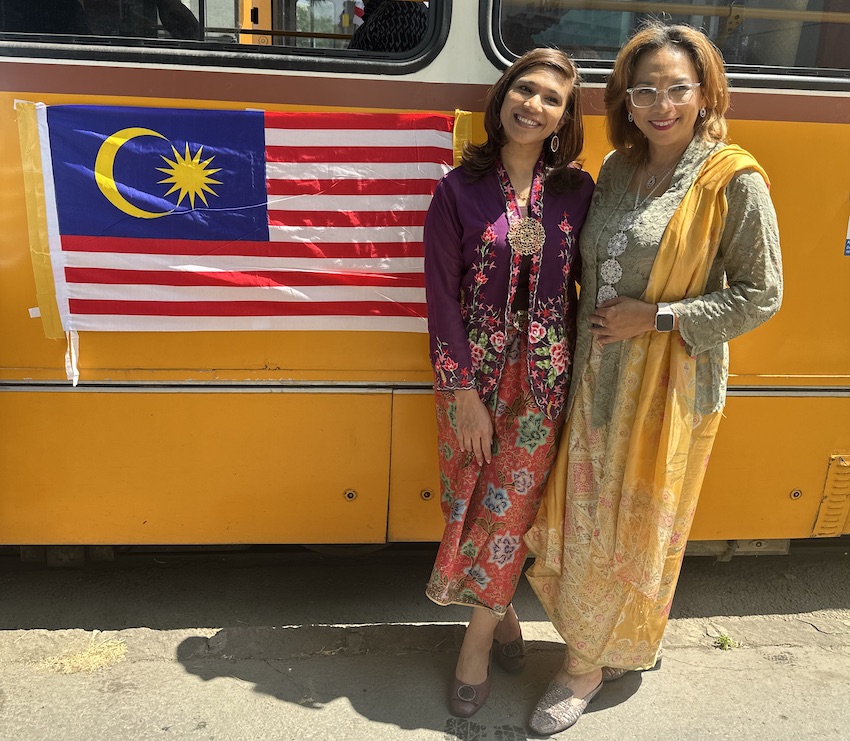

“We wanted to bring a piece of Malaysia to Hungary, uniting culture and beauty,” said Ms. Vanitha Gopalakrishnan, Chargé d’Affaires a.i. at the Embassy of Malaysia in Hungary. “The kebaya is more than just an attire. It is a symbol of elegance, tradition, and a shared regional heritage across Southeast Asia. We’re proud to showcase it here in Budapest.”
This initiative also celebrated the recent recognition of the kebaya by UNESCO (United Nations Educational, Scientific and Cultural Organisation) as an Intangible Cultural Heritage of Humanityon 4 December 2024. This acknowledgment elevated the kebaya from a traditional dress to a powerful emblem of shared Southeast Asian identity embraced by Malaysia, Indonesia, Brunei, Singapore, and Thailand.
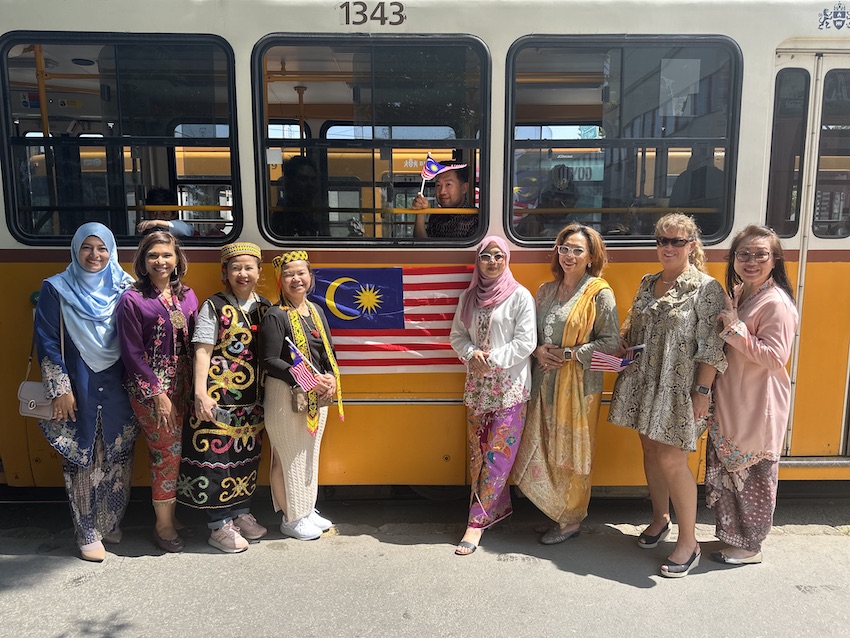
The event transformed Budapest’s classic yellow tram – decorated with Malaysian flags – into a moving cultural exhibition, offering guests a picturesque ride along the Danube’s Pest embankment, considered one of Europe’s most scenic tram routes.
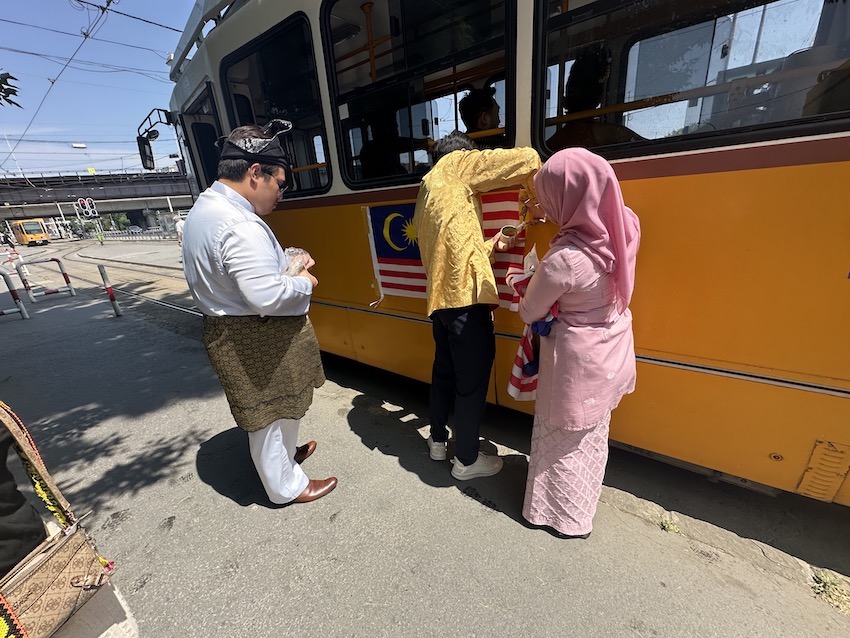
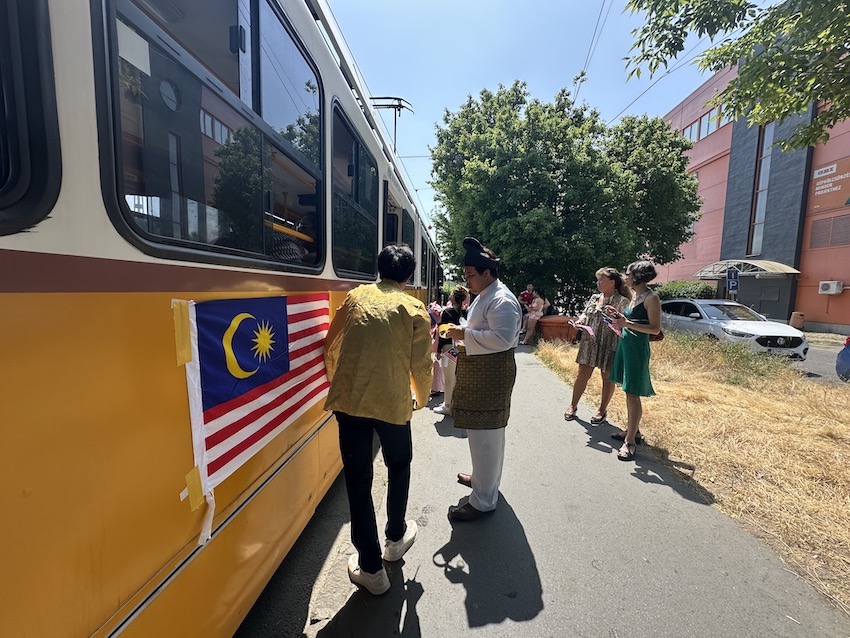
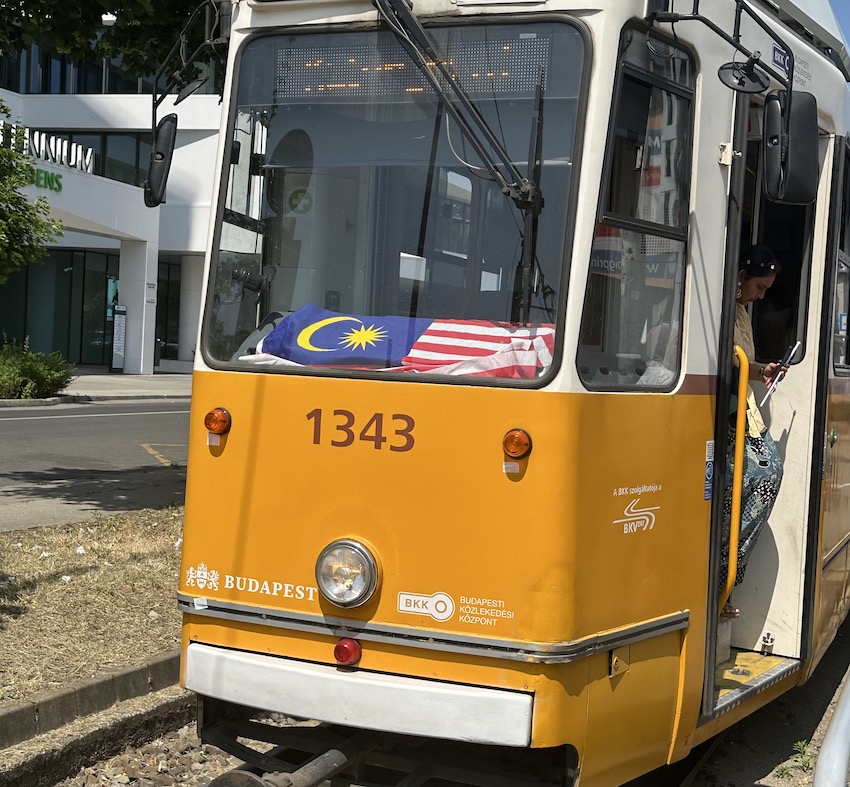

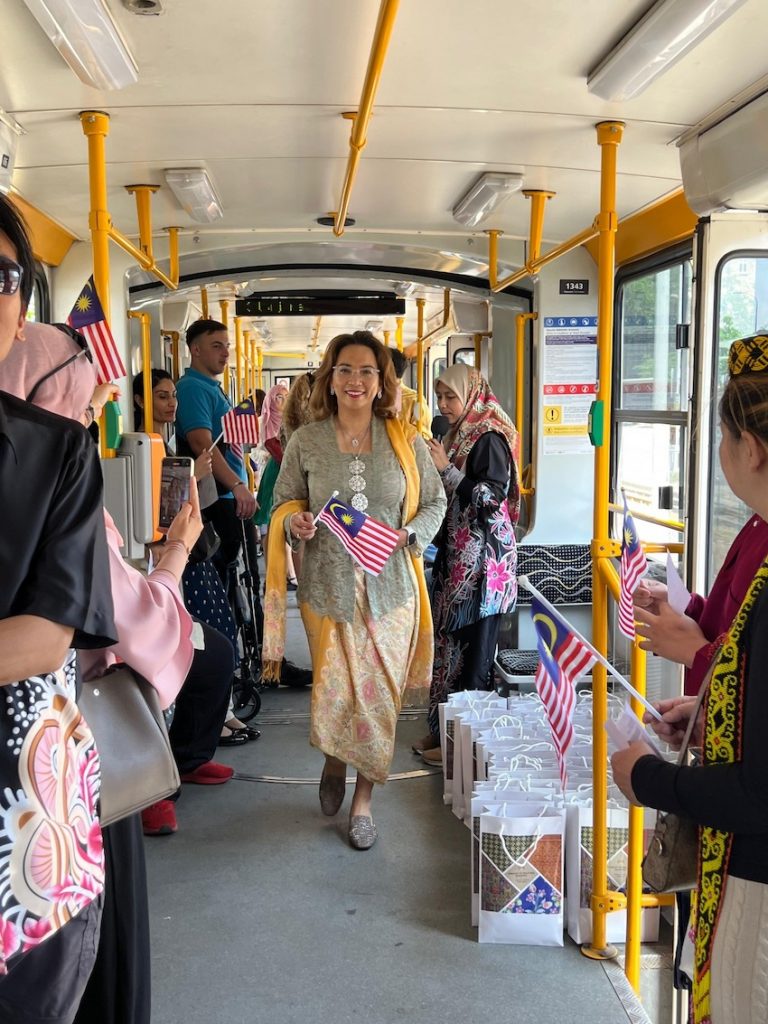
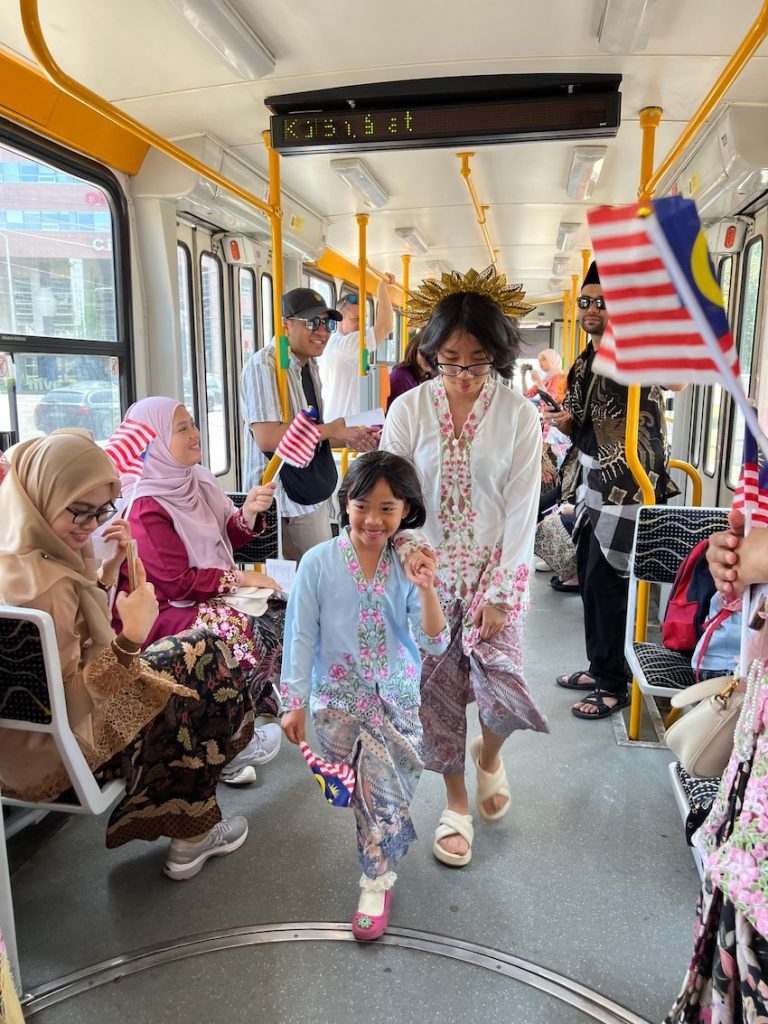
The journey began at the tram terminus near the historic Margaret Bridge, linking Buda and Pest via Margaret Island. Designed in 1876 by the company of famed French architect Gustave Eiffel, the bridge structure added to the sense of timeless elegance. Guests dressed in traditional kebayas and Malaysian sarongs boarded the tram for a memorable, over two-hour ride.
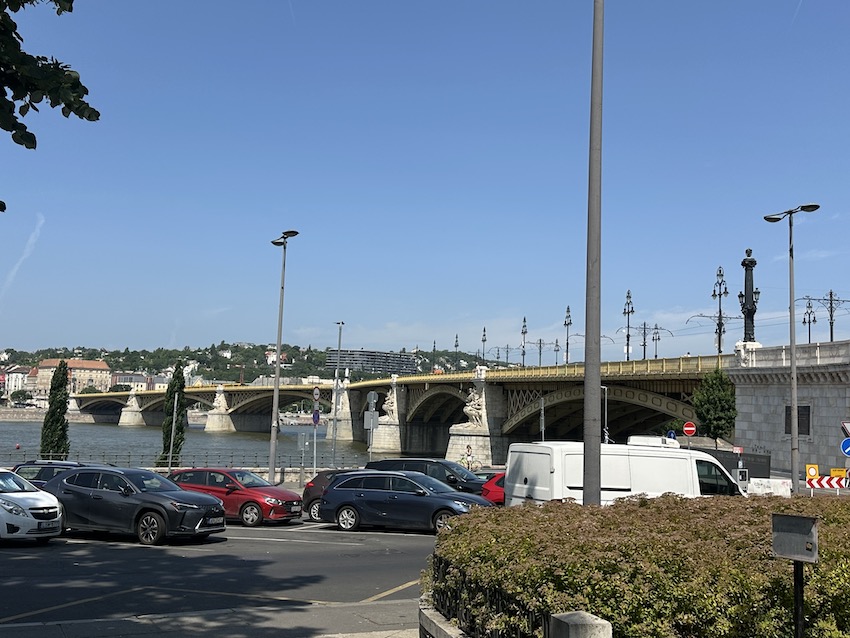

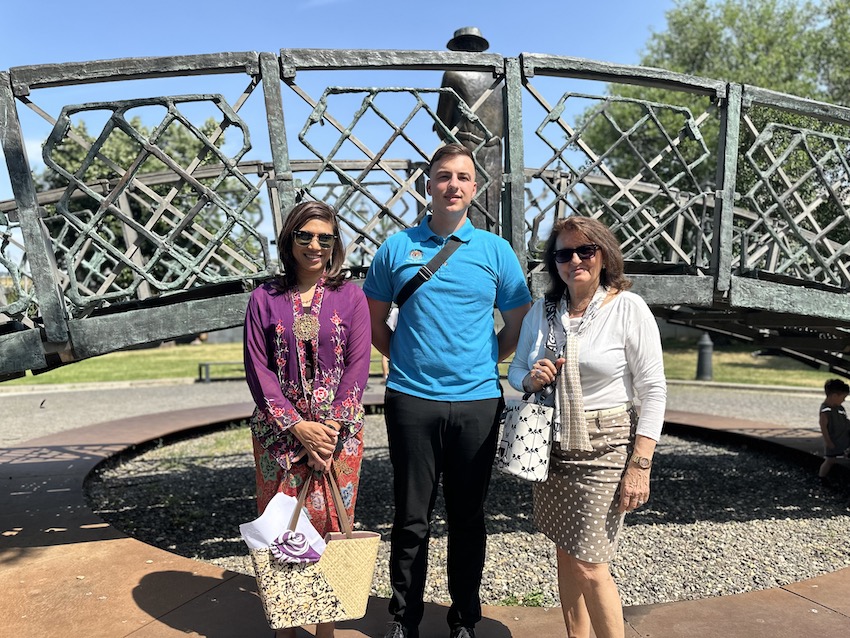
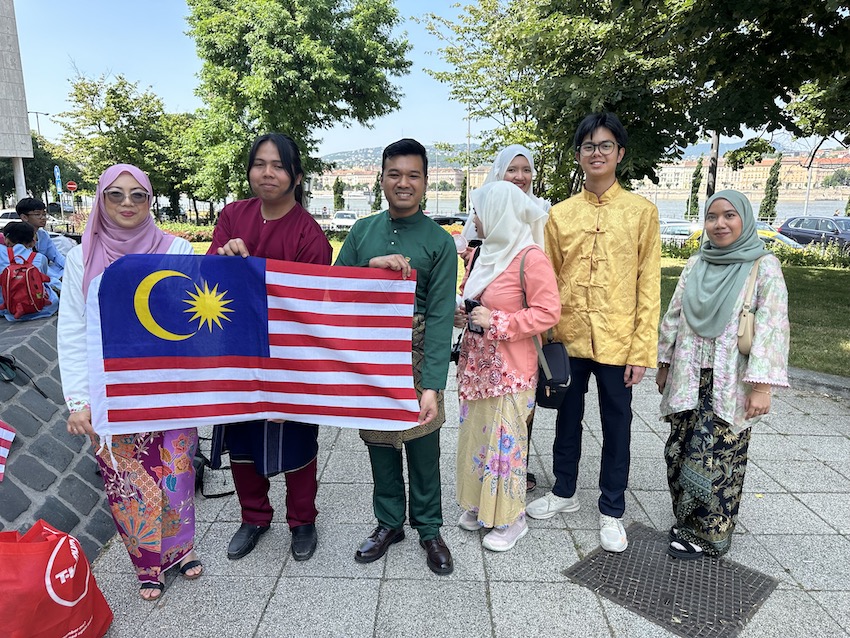
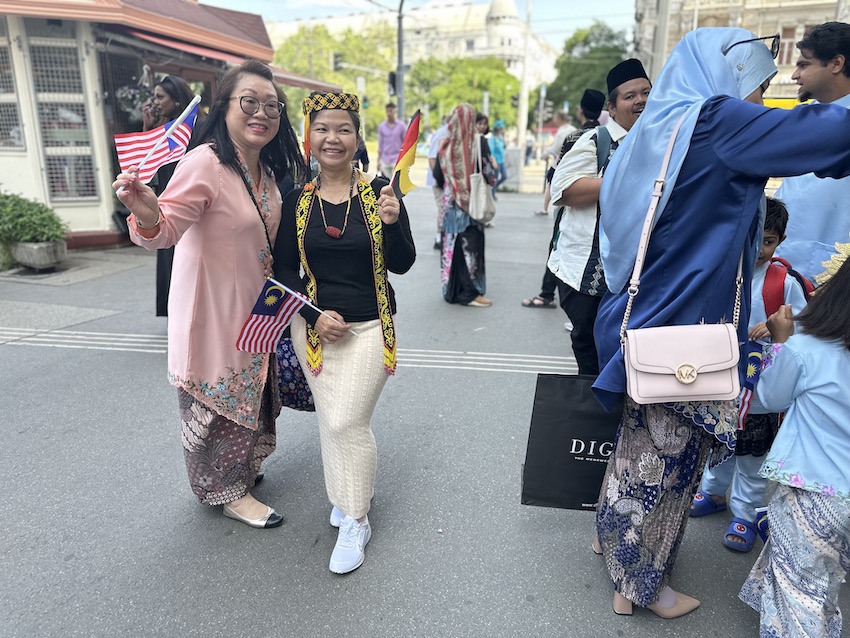
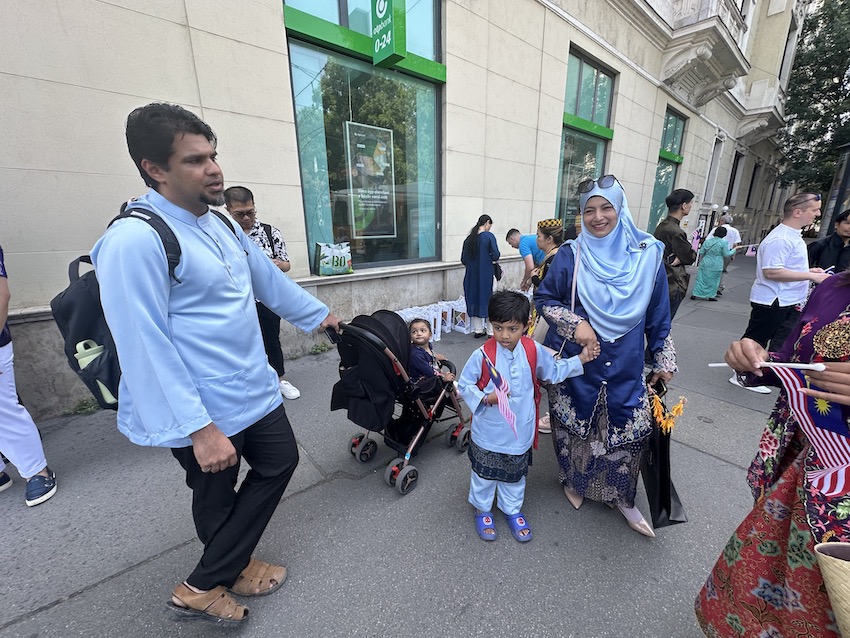
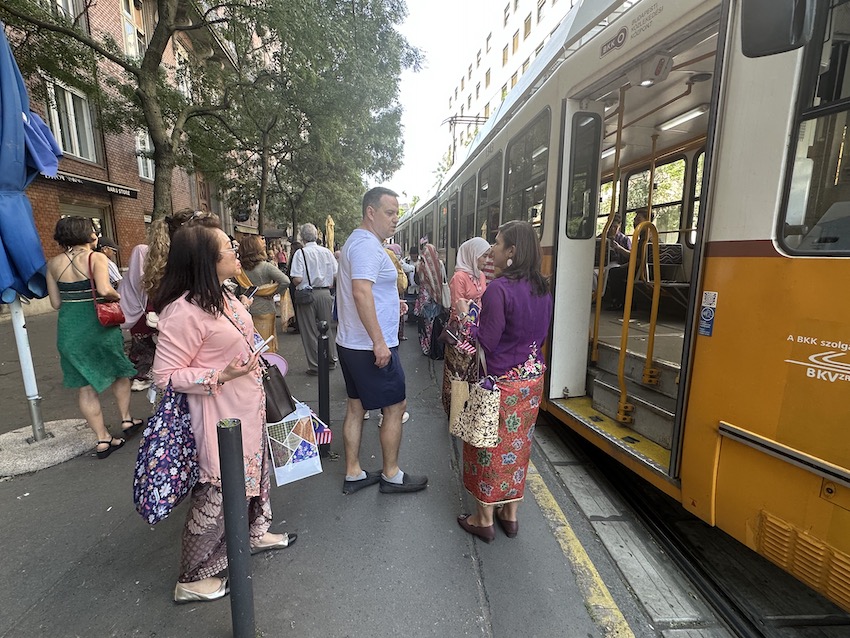
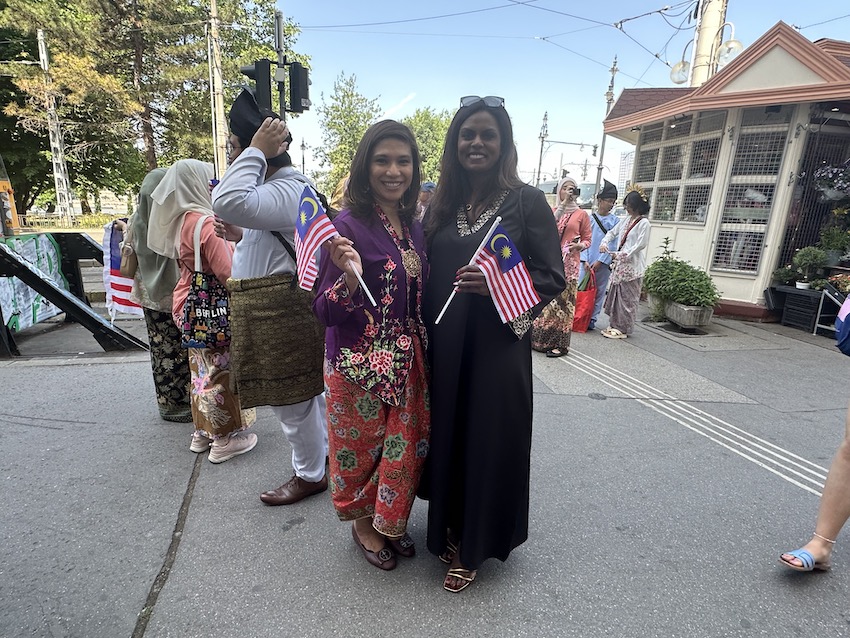
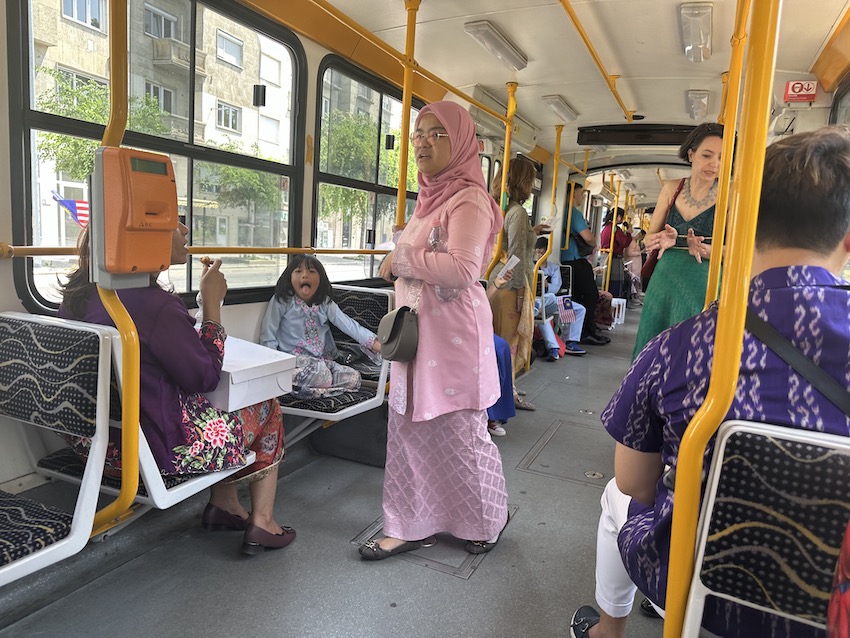
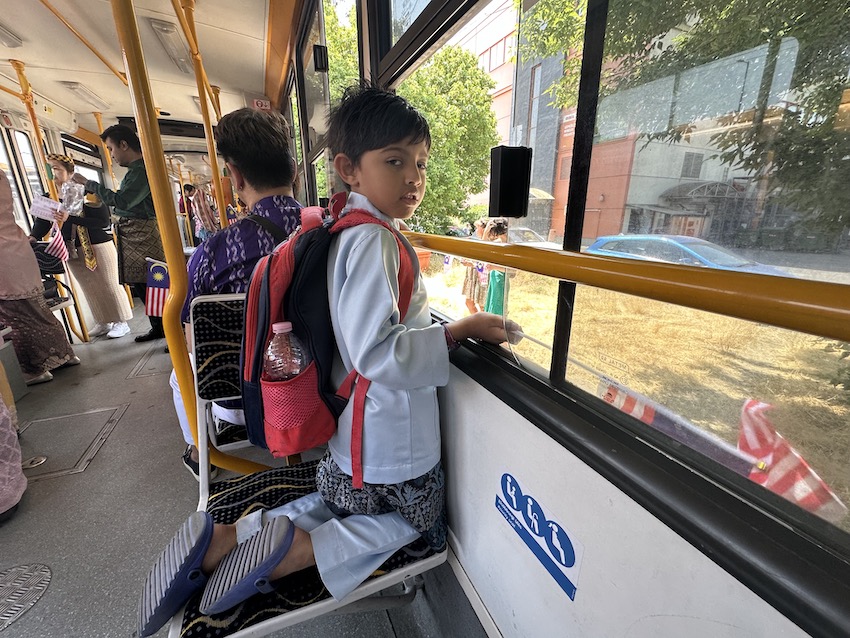
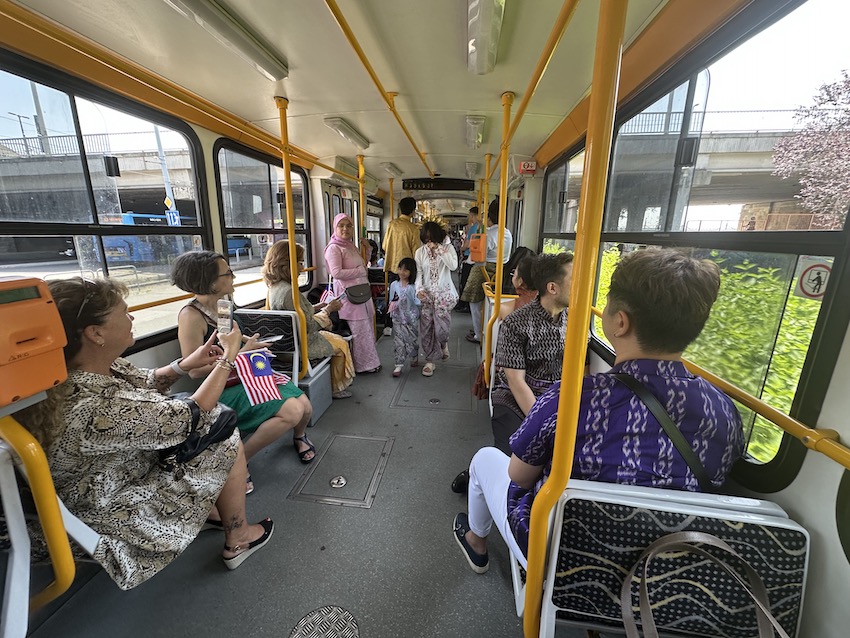
The route offered breathtaking views of the Hungarian Parliament, the Chain Bridge – one of the city’s landmarks, which created the first permanent connection between the two banks in 1849 – and luxurious hotels overlooking the Danube. Across the river, we saw the fairytale towers of Fisherman’s Bastion, the Gothic spires of Matthias Church, and the historic Royal Palace, now houses major museums. The journey also passed Gellért Hill, crowned by the Citadel and Liberty Statue, standing watch over the city.
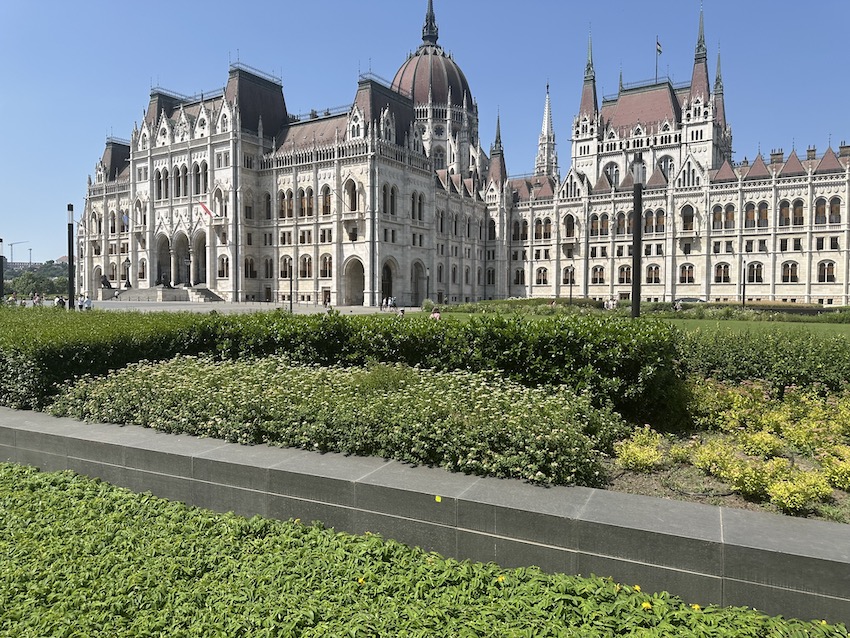
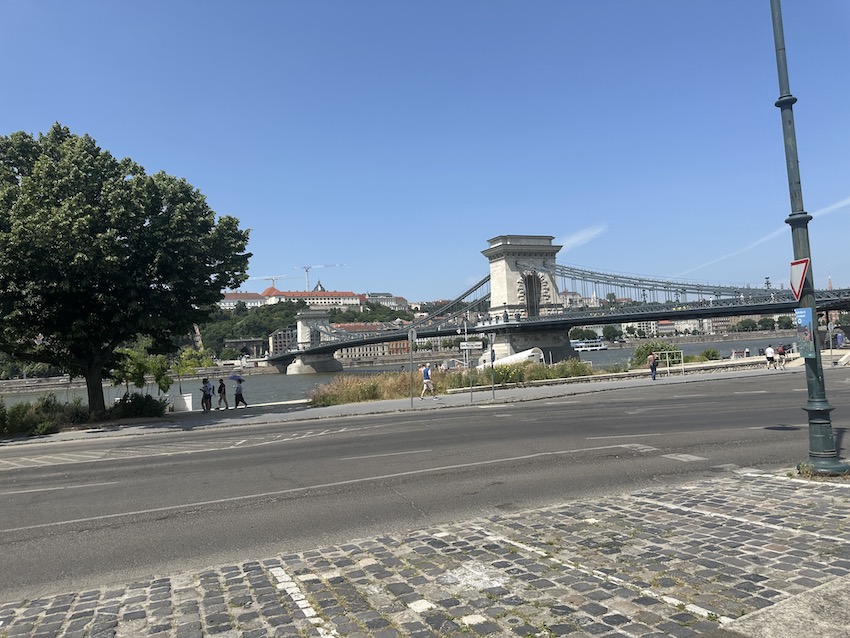
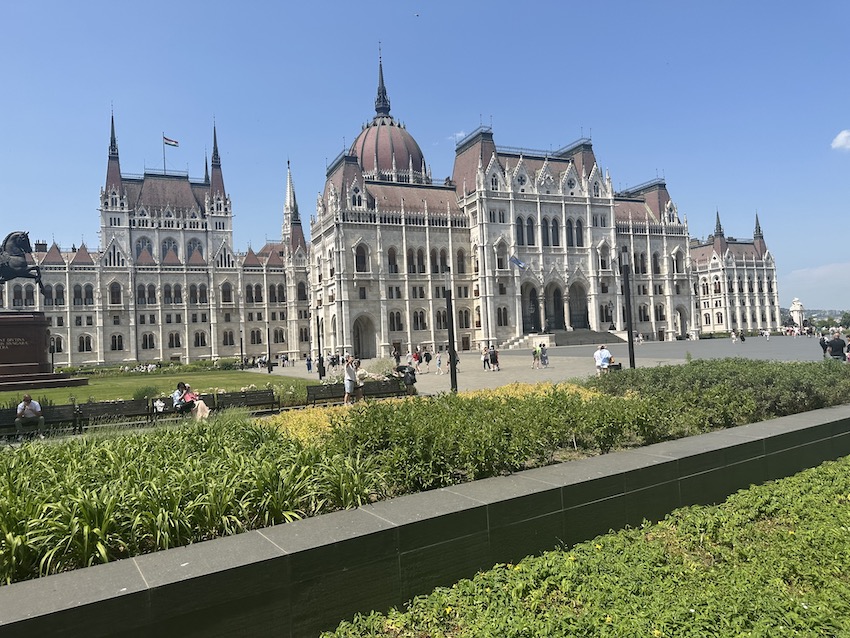
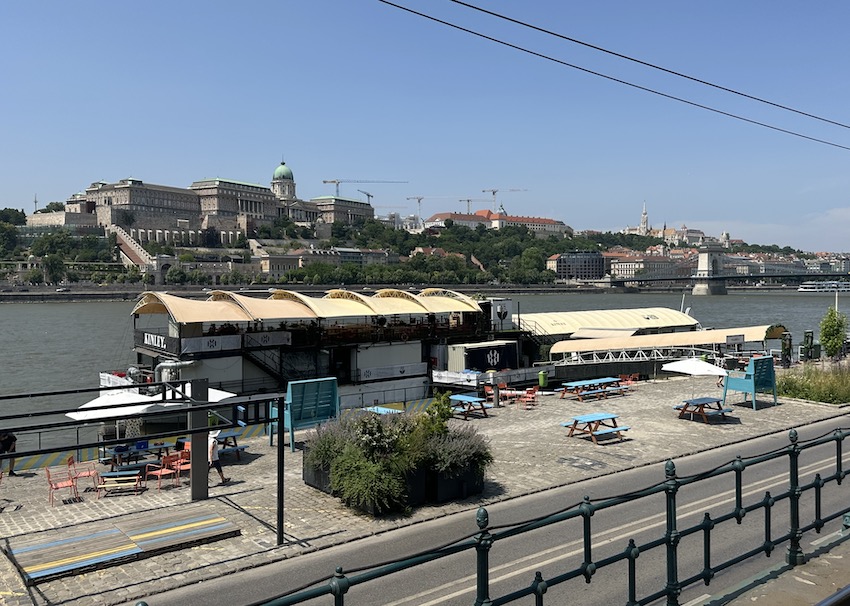
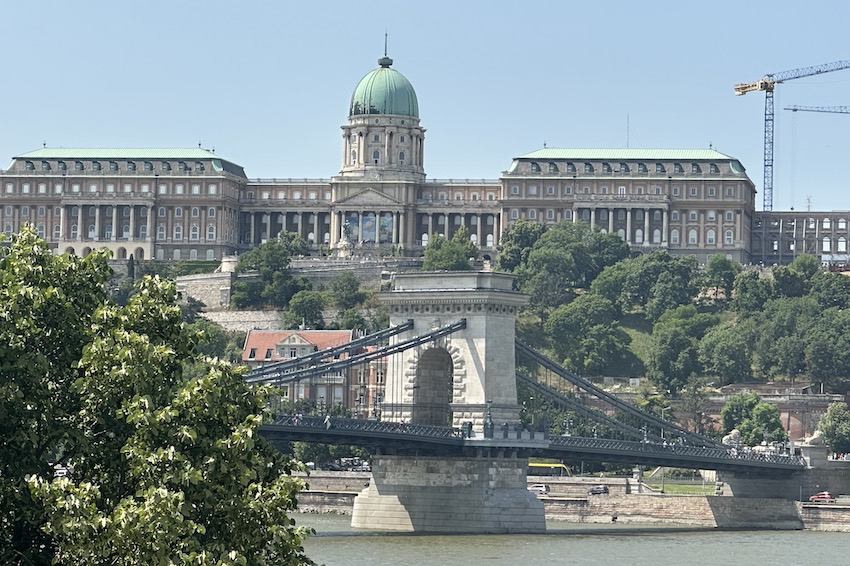
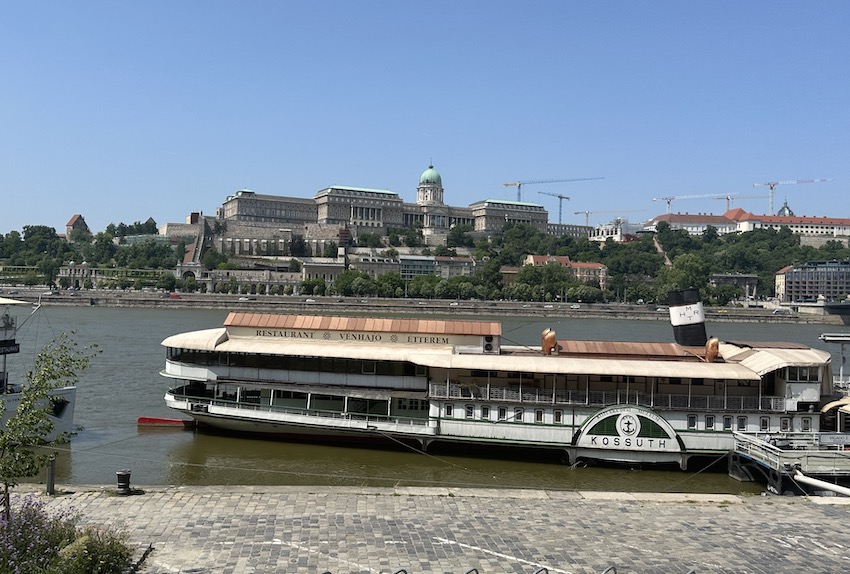
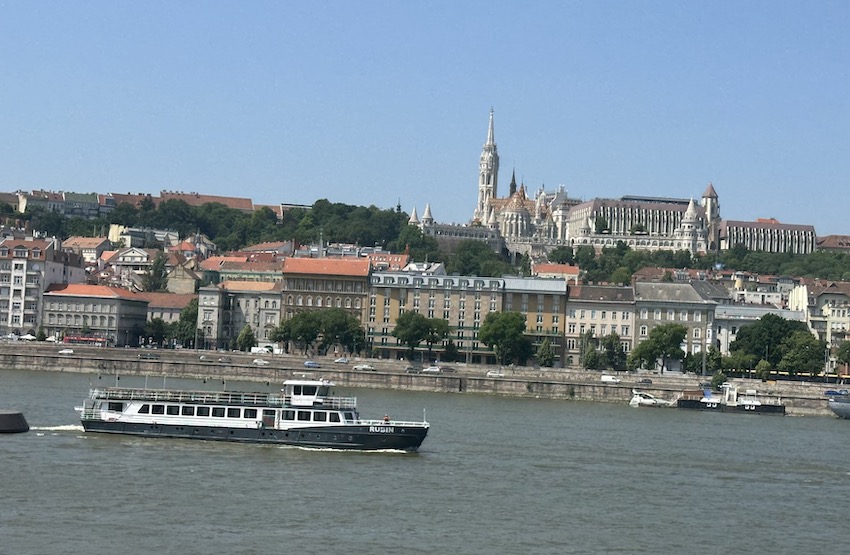
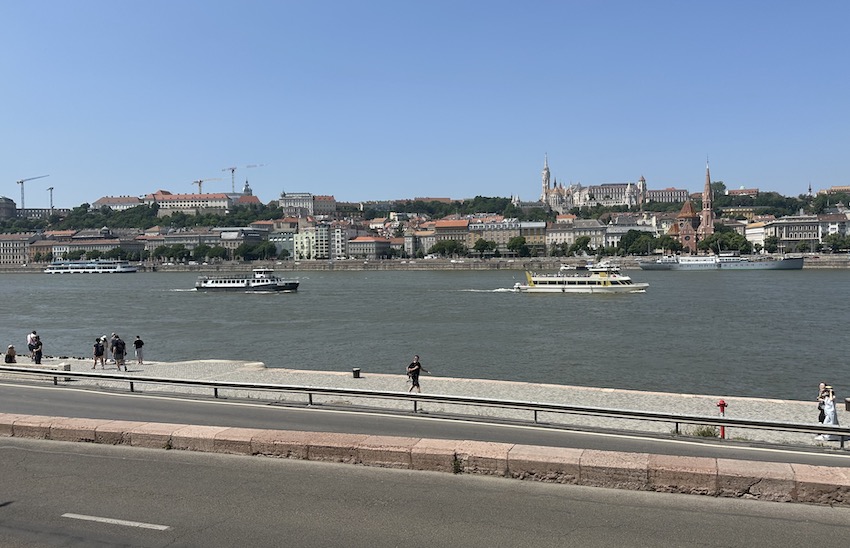
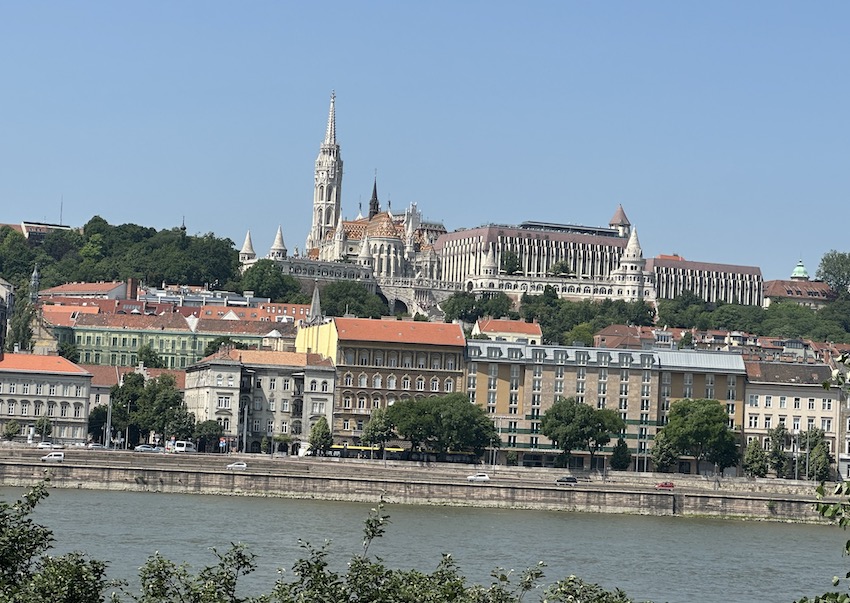
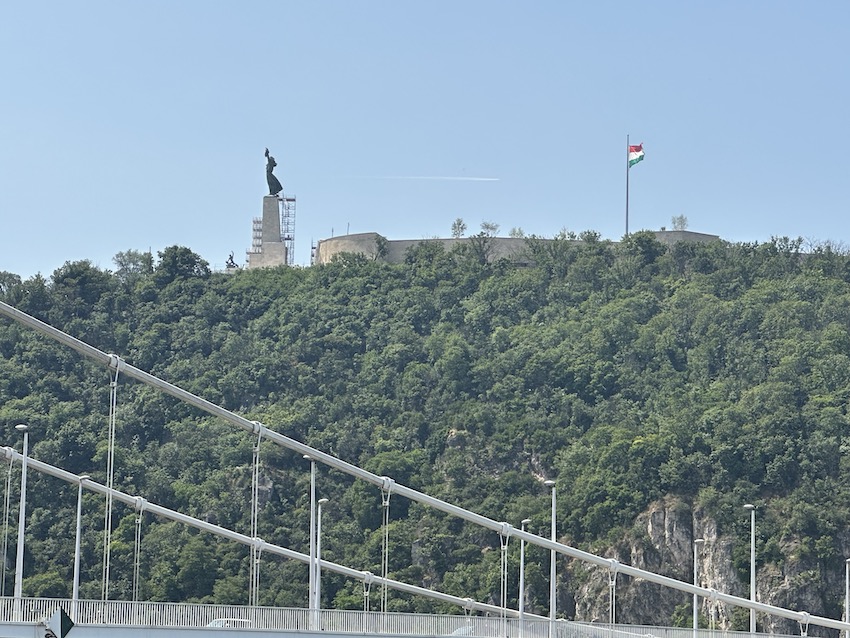
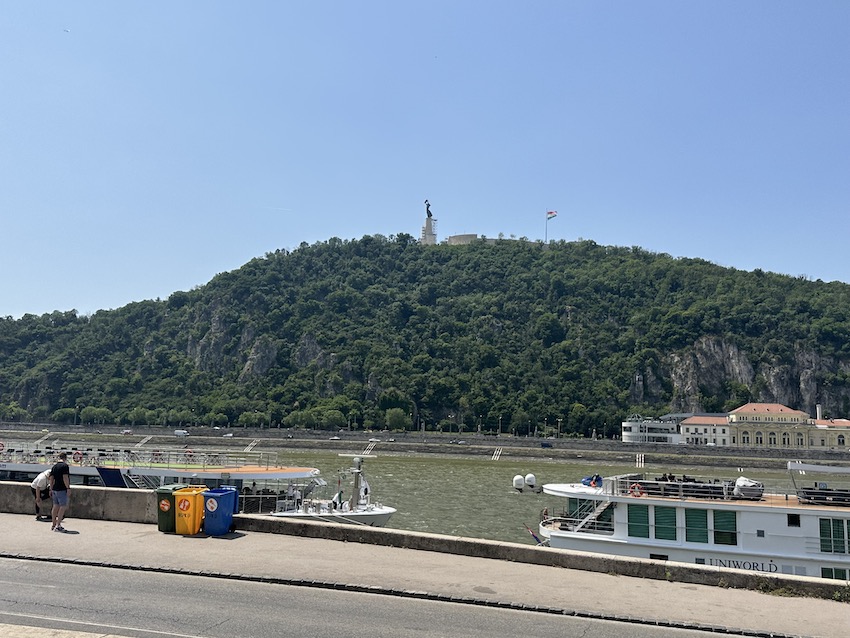
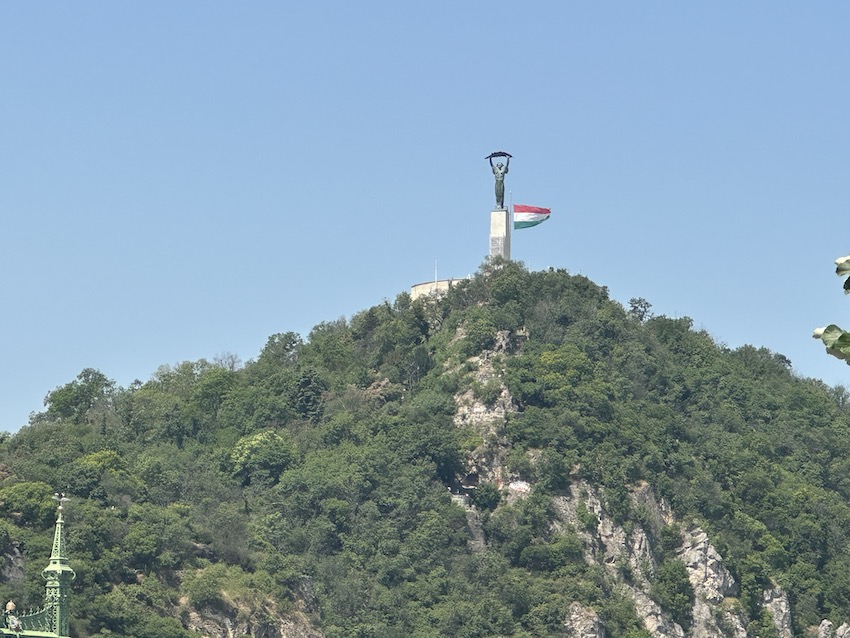
As the tram glided through the heart of Budapest, it bridged more than just architecture – it connected distant cultures through shared appreciation of tradition and beauty.
The final stop was the magnificent Kossuth Square, where the Eclectic-style Parliament – home to the National Assembly of Hungary since its inauguration in 1904 – offered a majestic backdrop for a group photo and the closing celebration.
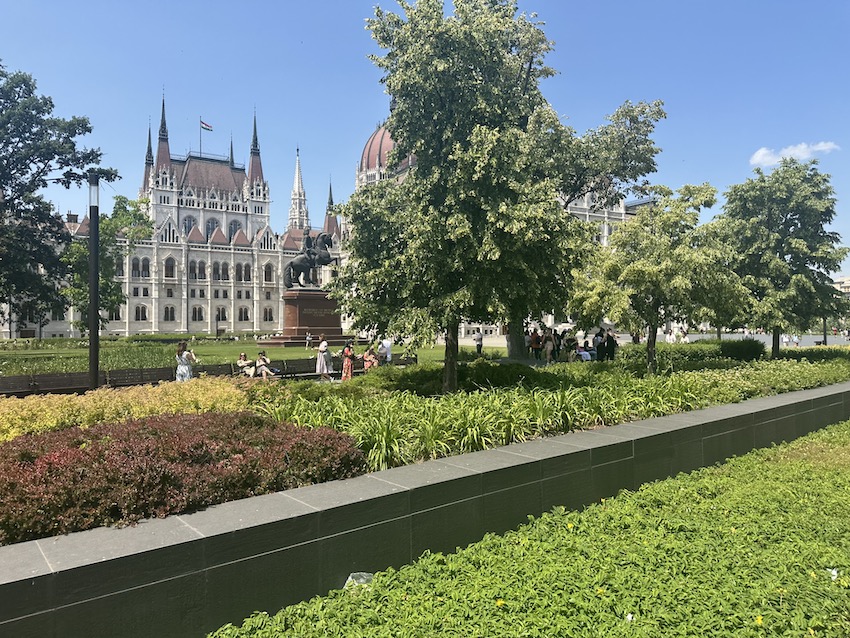
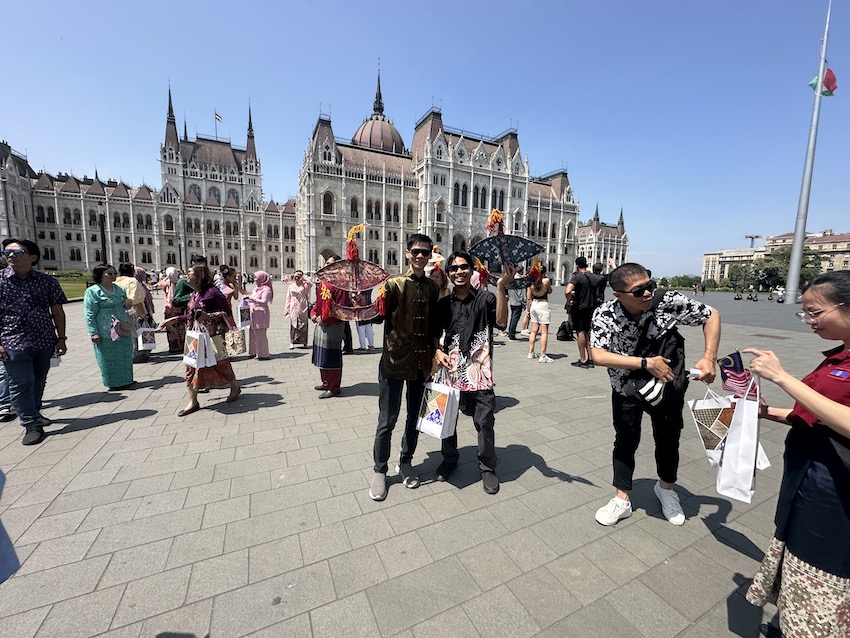
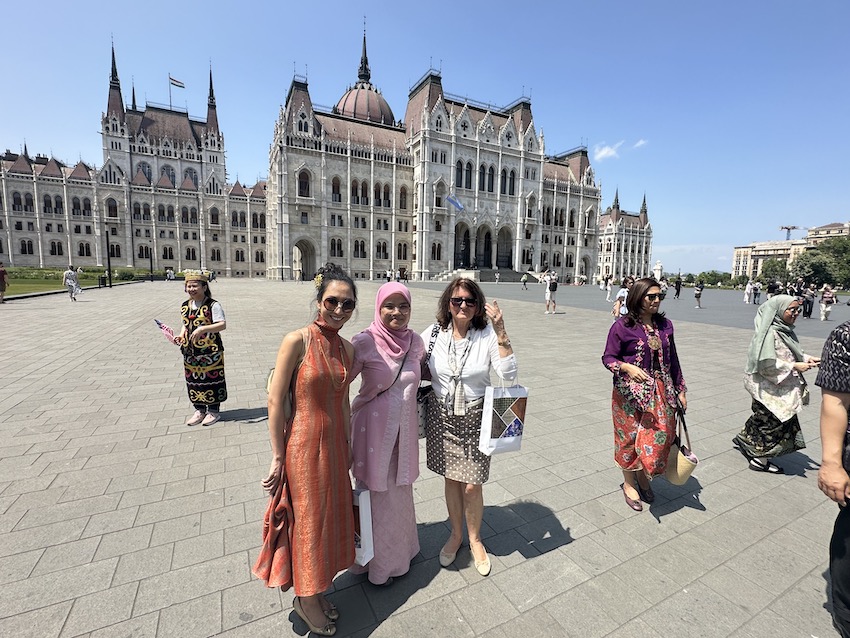
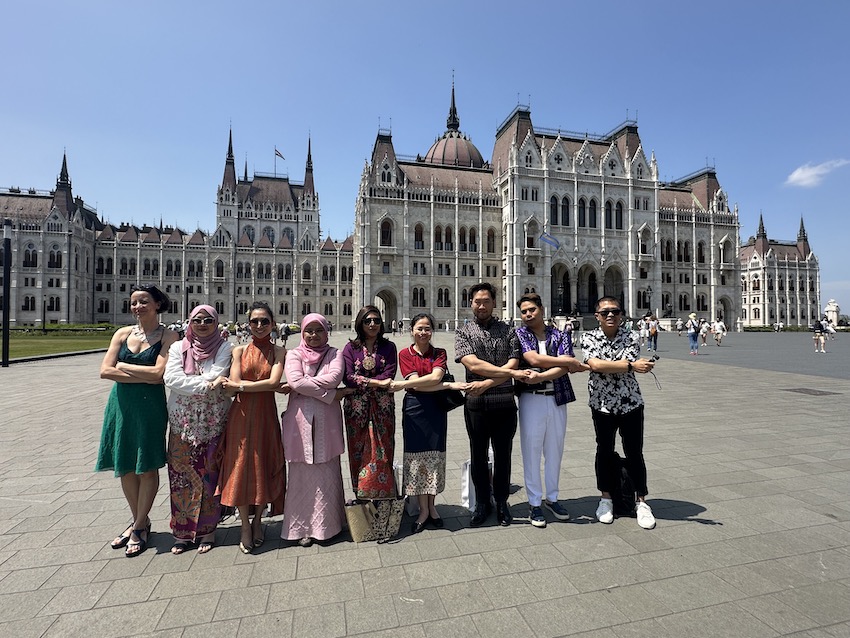
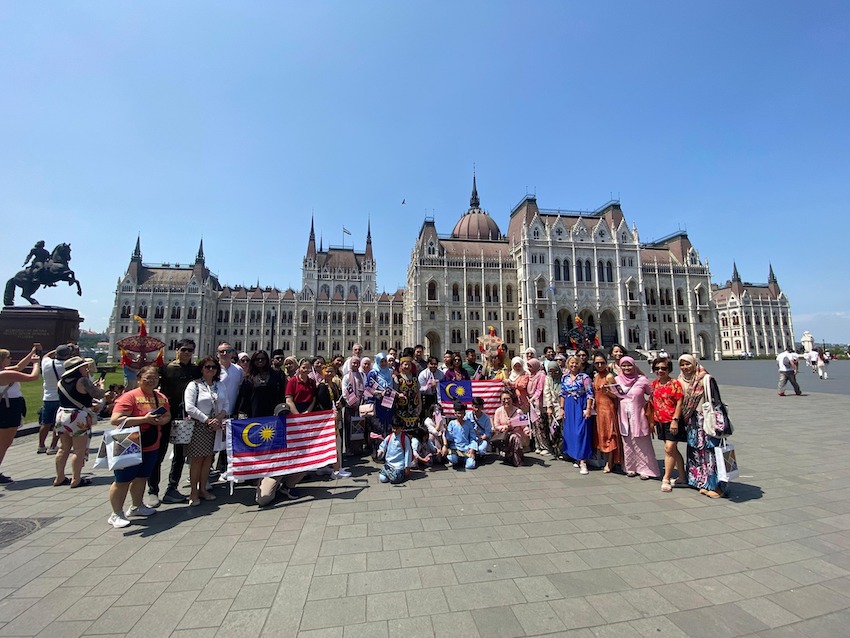
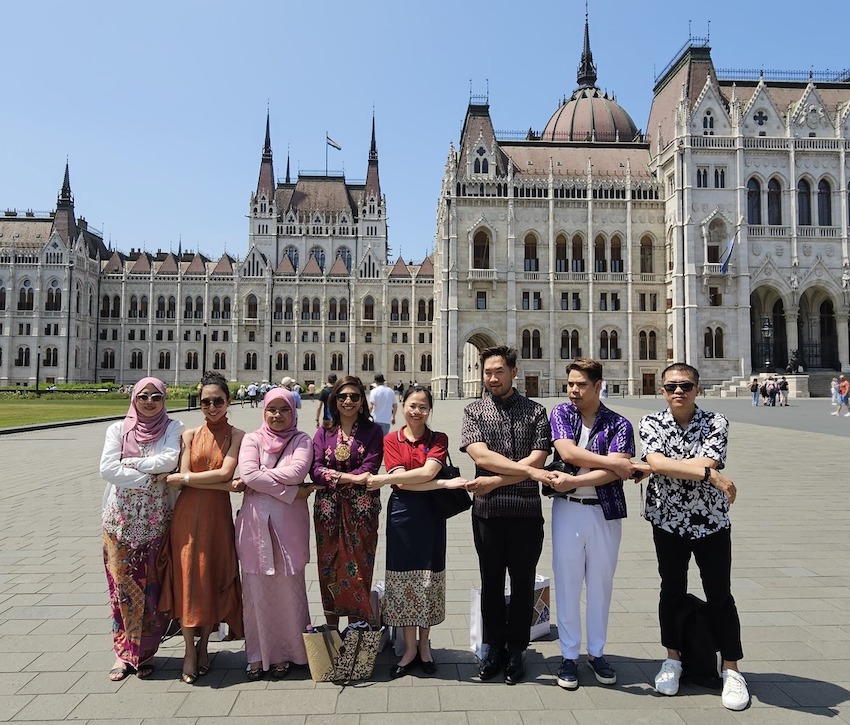
There, participants were treated to traditional Malaysian cuisine, bringing the rich flavours of Malaysia to the heart of Budapest. The atmosphere was joyful and relaxed, filled with cultural exchange and friendly dialogue – an experience that transcended language and geography.
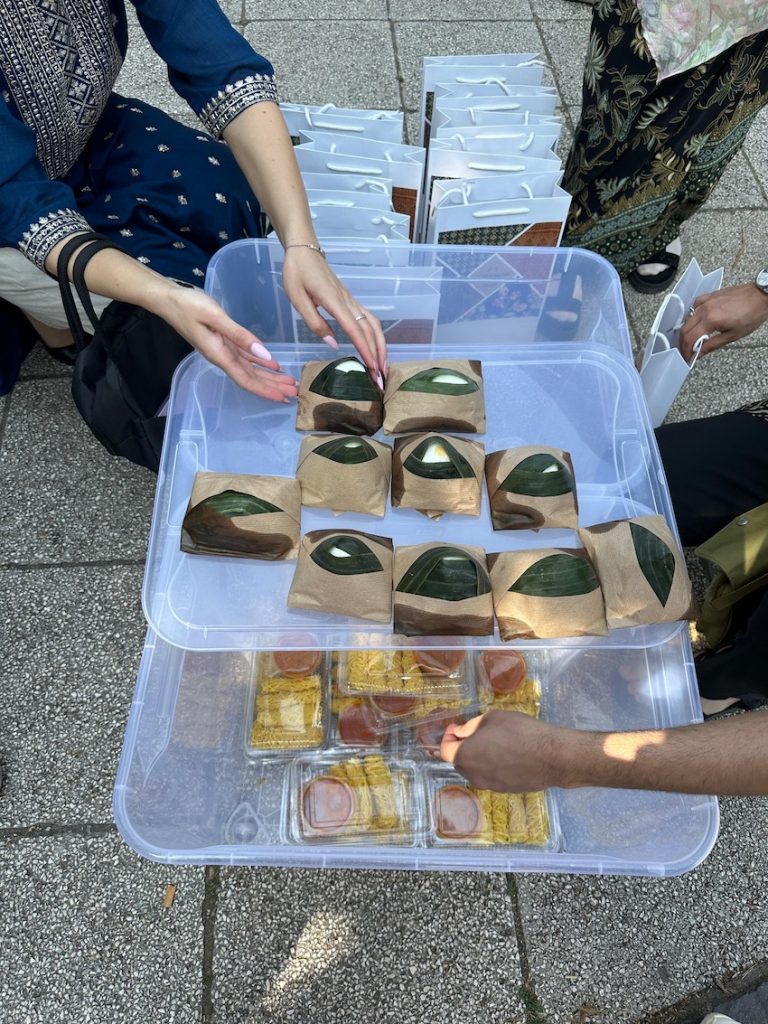
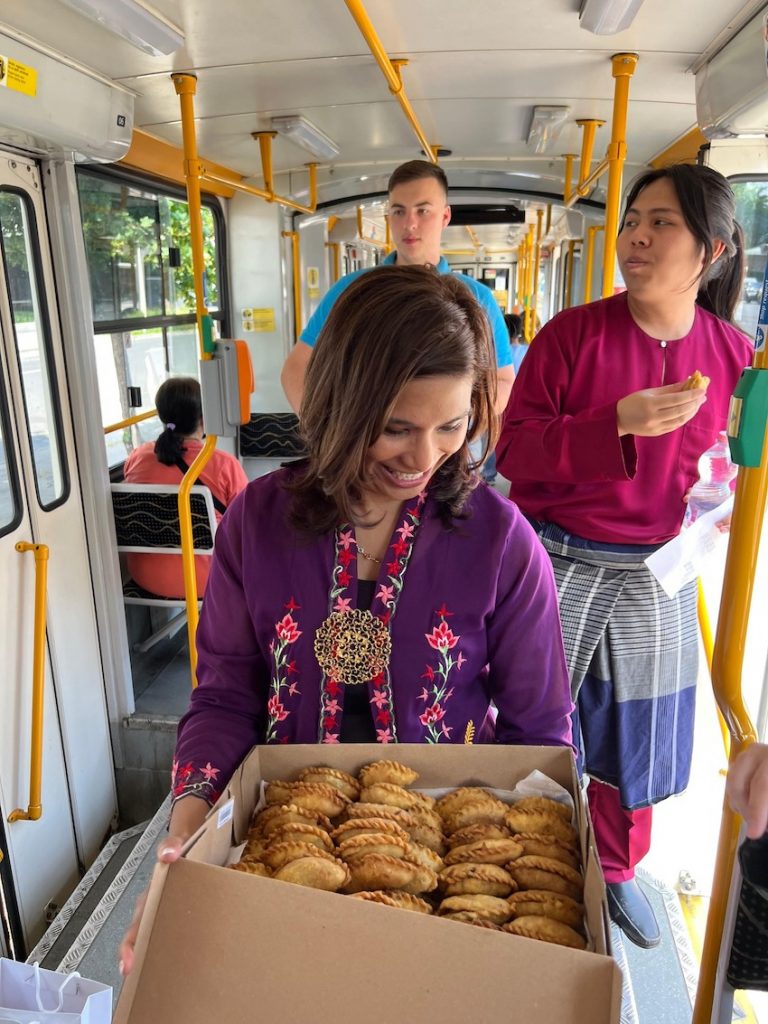
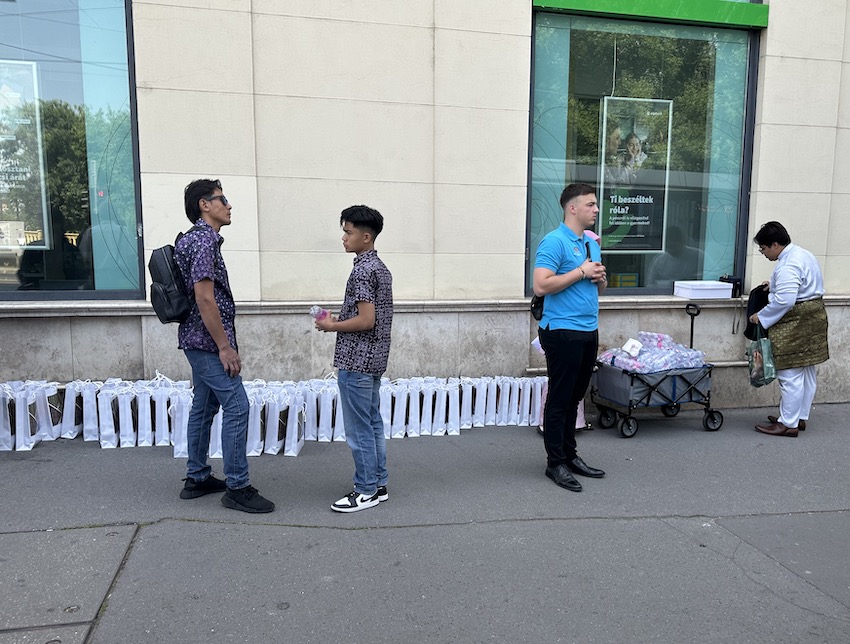
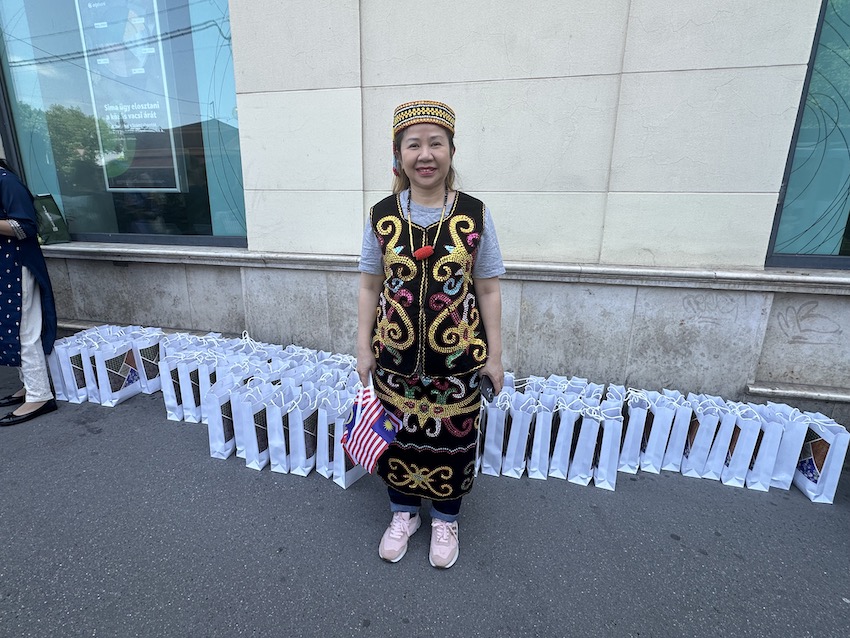

A Celebration Rooted in Unity
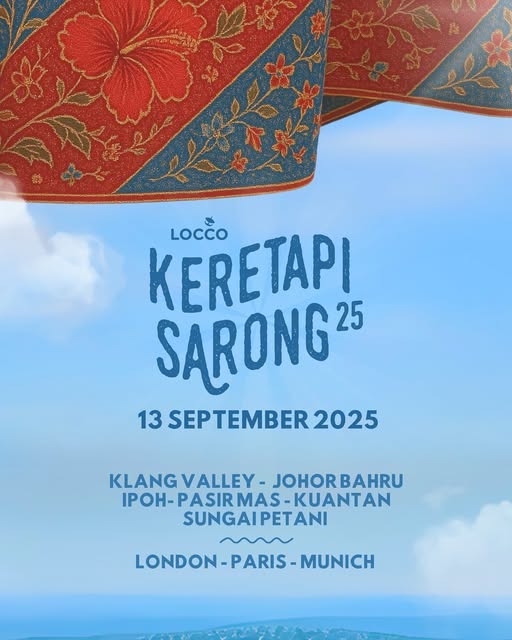
The concept of Tram Sarong was inspired by Malaysia’s popular Keretapi Sarong movement – festive, informal public rides designed to encourage people to wear traditional attire in everyday settings. Held annually to mark Hari Malaysia, the event brings people from all walks of life together, who gather at train stations in sarongs and kebayas to travel together to a surprise destination, revealed only on the day.
In 2025, Keretapi Sarong will return on 13 September, with celebrations in all 14 Malaysian states, spreading the spirit of unity and the charm of traditional clothing throughout the country and beyond.
In Budapest, this joyful spirit was reimagined aboard Tram Line 2 – uniting tradition and travel, transforming public space into a vibrant celebration of cultural heritage.
Tram Sarong was more than just a cultural showcase. It was a celebration of unity and friendship, a journey that not only ran along the riverbank but also across cultural borders.
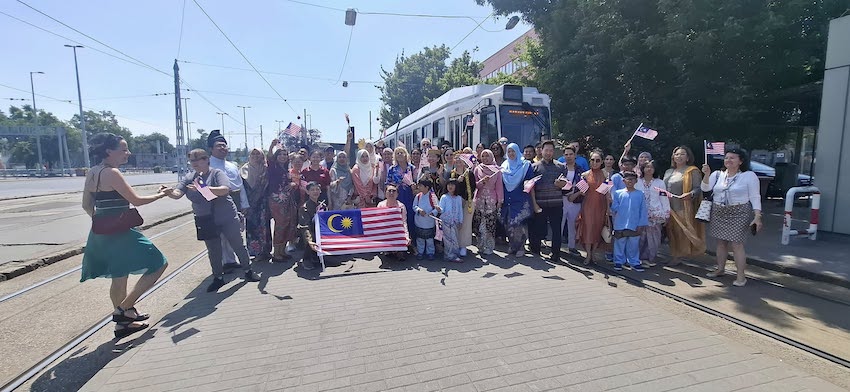
Source: Embassy of Malaysia in Budapest
Photos by the Embassy of Malaysia in Budapest and DPA

